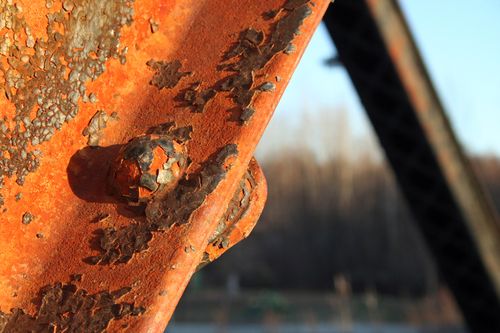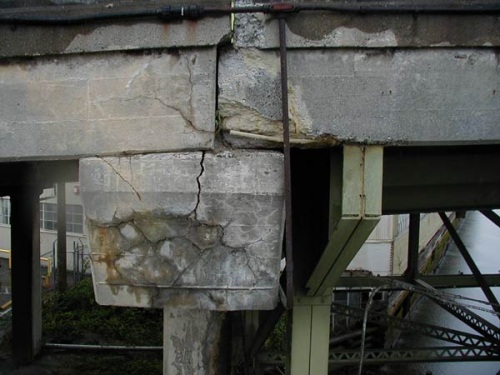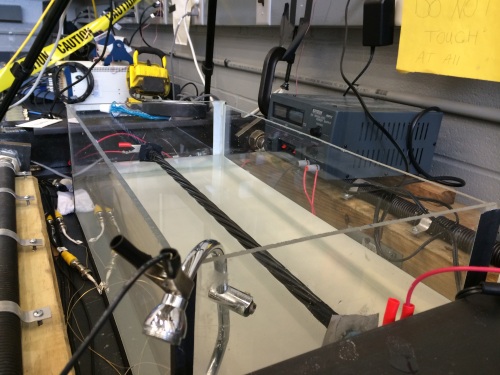Here’s a disconcerting statistic for anyone in the Empire State: of the more than 17,000 bridges in New York, 12.5% are structurally deficient, and 27% are considered functionally obsolete.
Speaking a bit more broadly, studies indicate that one out of nine of the country’s bridges are structurally deficient; 30% have exceeded their 50-year design life.
Altogether, U.S. bridges were given a grade of C+ by the American Society of Civil Engineers in the group’s 2013 report card for America’s Infrastructure.
The biggest reason why these bridges are failing: corrosion of reinforced steel.

In the past, civil engineers would determine if repair work was necessary by going through a series of time-consuming and expensive visual tests. The problem with this approach is that it involves drilling through concrete to see if the cables underneath are rusting, or visually inspecting all of the bridge’s concrete to try and spot cracks caused by increased stress on the weakened wires.

Researchers at the University of Buffalo believe they’ve found a solution that is not only more efficient, but more effective, too: sending a jolt of electricity between opposite ends of steel cables. Any reduction in the strength of charge would alert the engineers that the cable is suffering from corrosion, and the bridge could fail.
“The No. 1 priority of all civil engineers is the safety of the public,” says Tresor Mavinga, a senior civil engineering and mathematics major at the University of Buffalo who is involved in the research. “Corrosion can affect any structure, not just bridges, and we don't want that to happen. We need to be as accurate as possible to save money, time and lives.”
Alireza Farhidzadeh, a civil engineering graduate student, worked with Mavinga on this project, which was led by Salvatore Salamone, Ph.D., an assistant professor of civil engineering. They embedded piezoelectric transducers onto each end of a wire and then fired one volt through it using ultrasonic guided waves. They then repeated the procedure using the same wire after it was rusted with a saltwater mixture.
The group’s experiment proved a noticeable drop-off.

An added benefit to this approach — beyond better testing capabilities, that is — is that when the sensors and transducers are attached to the bridge as permanent fixtures, testing can be done off-site, from a remote location.
Story via buffalo.edu
Advertisement
Learn more about Electronic Products Magazine





